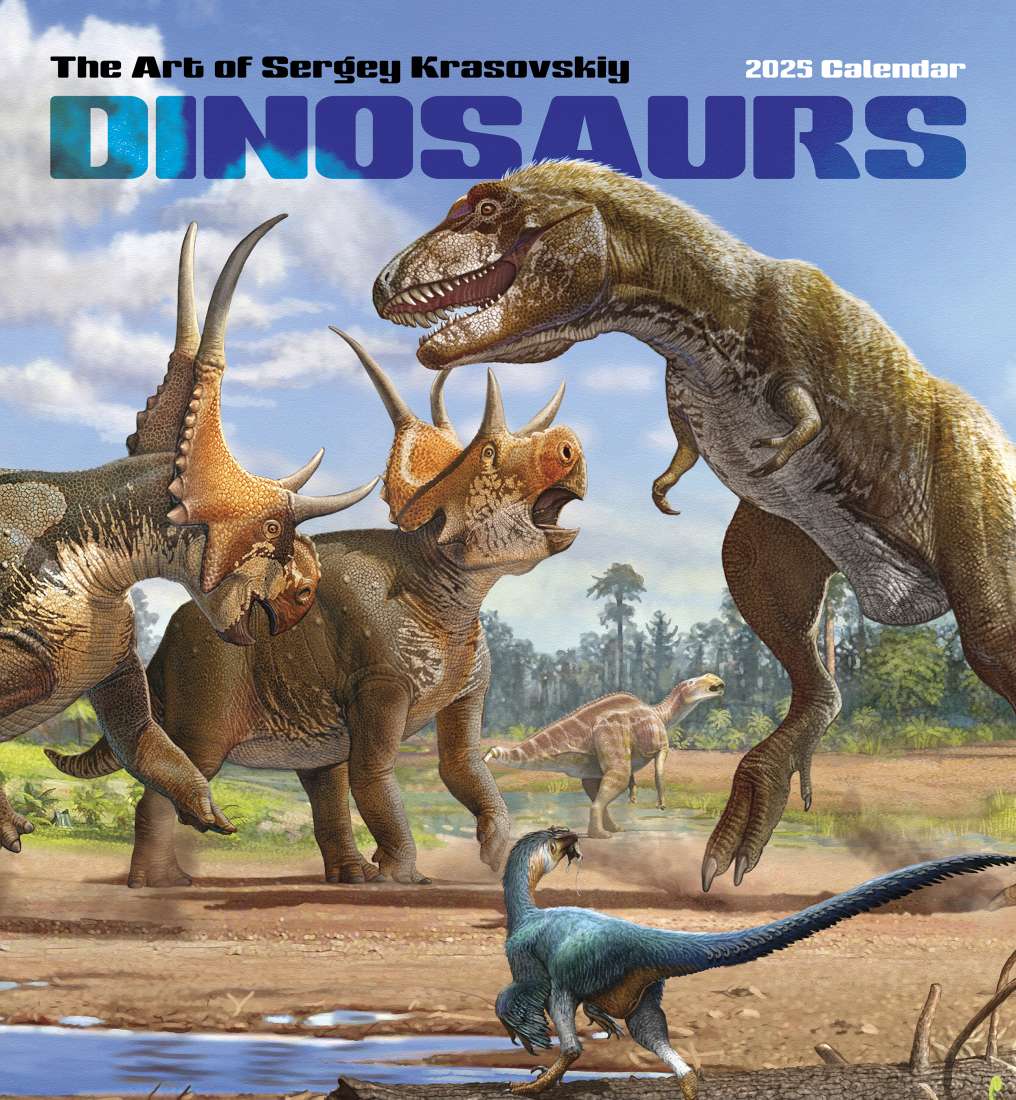The Impossibility of Dinosaur Resurrection in 2025: A Scientific Exploration
The Impossibility of Dinosaur Resurrection in 2025: A Scientific Exploration
Introduction
With enthusiasm, let’s navigate through the intriguing topic related to The Impossibility of Dinosaur Resurrection in 2025: A Scientific Exploration. Let’s weave interesting information and offer fresh perspectives to the readers.
Table of Content
The Impossibility of Dinosaur Resurrection in 2025: A Scientific Exploration

The prospect of dinosaurs returning to Earth, particularly in the year 2025, is a captivating concept fueled by popular culture and the allure of the unknown. However, while the idea of bringing back these magnificent creatures sparks excitement, the reality is starkly different. The scientific understanding of genetics, extinction, and the complexities of life itself render such a scenario highly improbable, if not impossible.
The Challenges of Bringing Back Dinosaurs
The primary obstacle to reviving dinosaurs lies in the limitations of genetic material. While dinosaur fossils offer invaluable insights into their anatomy and behavior, their DNA, the blueprint of life, is extremely fragile and degrades rapidly over time. The oldest recoverable DNA belongs to extinct animals that lived tens of thousands of years ago, a mere blip in the geological timescale compared to the 66 million years since the last non-avian dinosaurs disappeared.
Even if a complete dinosaur genome could be retrieved, the challenges would be immense. The genetic code of a dinosaur would be vastly different from any living organism today, presenting an unprecedented scientific hurdle. Scientists would need to synthesize the entire genome from scratch, a feat beyond current capabilities. Furthermore, even if a viable dinosaur embryo could be created, the process of gestation and nurturing a dinosaur would be a monumental undertaking, requiring a comprehensive understanding of their physiology and environmental needs.
The Specter of Jurassic Park: A Scientific Reality Check
Popular media often portrays the resurrection of dinosaurs as a relatively straightforward process, fueled by advancements in genetic engineering. However, the reality is far more complex. The film "Jurassic Park," while entertaining, presents a highly fictionalized account of dinosaur cloning. The movie utilizes a narrative device of extracting dinosaur DNA from fossilized mosquitoes preserved in amber, a scenario that is highly unlikely. The chances of finding a mosquito containing intact dinosaur DNA are astronomically slim, and even if such a specimen were found, the DNA would be too fragmented and degraded to be useful.
Beyond the Hype: The Importance of Scientific Integrity
While the prospect of dinosaur resurrection might seem exciting, it is crucial to approach such discussions with scientific rigor and intellectual honesty. The focus should be on understanding the limitations of current scientific knowledge and the complexities of life itself. The pursuit of scientific discovery should be driven by a commitment to truth and a respect for the natural world.
FAQs: Addressing Common Questions
Q: Could dinosaur DNA be extracted from fossils?
A: Fossil remains are not suitable for DNA extraction. DNA is a complex molecule that degrades rapidly over time. The fossilization process involves the replacement of organic material with minerals, leaving no trace of original DNA.
Q: Could scientists synthesize a dinosaur genome from scratch?
A: While advancements in synthetic biology are impressive, creating a complete dinosaur genome from scratch remains beyond current capabilities. The complexity of a dinosaur genome, coupled with the lack of complete genetic information, makes this a monumental task.
Q: Could a dinosaur embryo be grown in the lab?
A: Even if a complete dinosaur genome were available, creating and nurturing a dinosaur embryo would be a formidable challenge. The physiology and developmental needs of a dinosaur are unknown, and the process of gestation and nurturing would require extensive research and technological advancements.
Tips for a Scientifically Informed Understanding
- Embrace critical thinking: Approach claims of dinosaur resurrection with skepticism and a desire to understand the underlying scientific principles.
- Seek credible sources: Consult reputable scientific journals, research institutions, and experts in paleontology and genetics for accurate information.
- Distinguish science from fiction: Recognize the difference between scientific possibilities and fictional narratives, particularly in popular media.
Conclusion: The Importance of Scientific Realism
The idea of dinosaurs returning to Earth in 2025, or any other year for that matter, is a captivating but scientifically improbable scenario. The challenges of retrieving dinosaur DNA, synthesizing a complete genome, and nurturing a dinosaur embryo are insurmountable with current scientific knowledge. Instead of indulging in fantastical notions, we should focus on appreciating the wonders of the natural world and the incredible scientific discoveries that illuminate the past and present.







Closure
Thus, we hope this article has provided valuable insights into The Impossibility of Dinosaur Resurrection in 2025: A Scientific Exploration. We appreciate your attention to our article. See you in our next article!